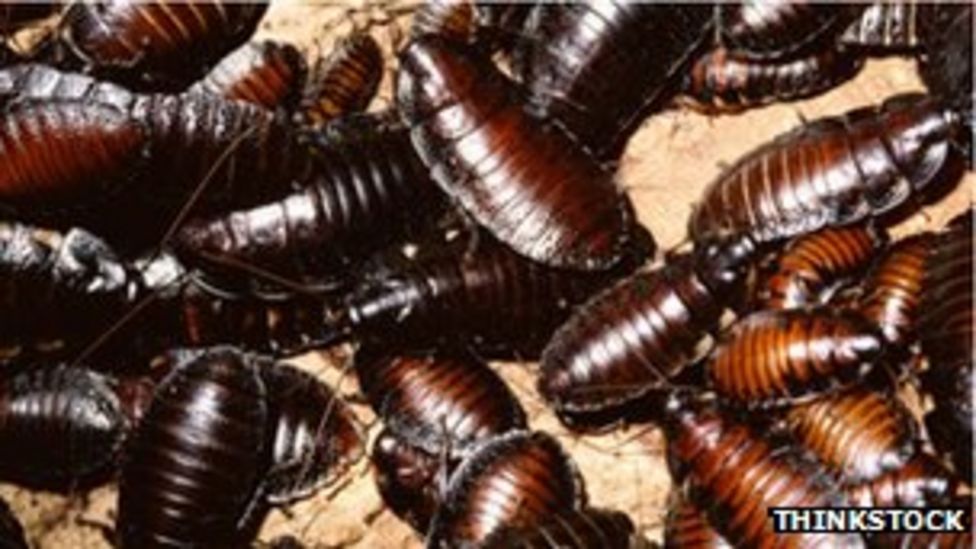Disgusting creatures that would survive a nuclear strike roach

Disgusting Creatures That Would Survive a Nuclear Strike: Roaches

When it comes to creatures that can withstand extreme conditions, few can rival the repulsive yet resilient roach. These tiny insects, often associated with filth and disgust, possess a remarkable ability to survive nuclear strikes and the subsequent aftermath. Their remarkable endurance and adaptability make them an intriguing subject of study for scientists and a potential concern for the rest of us. Let’s delve into the fascinating world of roaches and explore why they are the ultimate survivors.
1. Ancient Origins
Roaches have been around for over 300 million years, making them far older than dinosaurs or modern mammals. Throughout their long evolutionary history, they have developed an exceptional set of survival skills, enabling them to adapt to various environments and challenging circumstances.
2. Radiation Resistance
One of the most astonishing qualities of roaches is their ability to withstand high levels of radiation. Research conducted at the University of the West Indies discovered that certain species of roaches can endure radiation doses up to 15 times higher than the lethal limit for humans. This remarkable resistance is attributed to their unique cell structure and efficient DNA repair mechanisms.
3. Surviving in Uninhabitable Environments
Roaches are known for their resilience in adverse conditions. They can survive extreme heat, cold, and even prolonged periods without food or water. This adaptability allows them to thrive in environments that would be uninhabitable for most other creatures, including the aftermath of a nuclear strike.
4. High Reproductive Capacity
Another factor that contributes to the roaches’ survival is their high reproductive capacity. Females can produce large numbers of eggs throughout their lives, ensuring the continuity of their species even under challenging circumstances. This rapid proliferation enables them to repopulate quickly after a disaster, including a nuclear event.

5. Efficient Feeding Habits
Roaches are opportunistic omnivores, meaning they can feed on almost anything. Their ability to extract nutrition from a wide range of organic materials allows them to scavenge for sustenance in post-apocalyptic environments. Whether it is decaying matter or household leftovers, roaches can find sustenance where other species would struggle.
6. Ability to Withstand Disasters
In addition to nuclear strikes, roaches have proven their resilience in various natural disasters, including earthquakes, floods, and fires. Their ability to navigate through debris and search for safe havens contributes to their long-term survival and dispersal.
7. Potential Infestations
While the survivability of roaches is awe-inspiring, it also presents potential challenges. After a nuclear event or any other disaster, the resilience of roaches allows them to become a nuisance or even a health hazard. Their presence in large numbers can lead to the contamination of food and the spread of diseases, making it essential to control their population.
In conclusion, roaches are undeniably disgusting creatures, but their ability to survive a nuclear strike and thrive in hostile environments is nothing short of extraordinary. From their ancient origins to their radiation resistance and efficient feeding habits, roaches have evolved to withstand extreme conditions that would decimate most other species. While they may be the ultimate survivors, their proliferation can pose challenges that require diligent management.
Tags
Share
Related Posts
Quick Links
Legal Stuff

